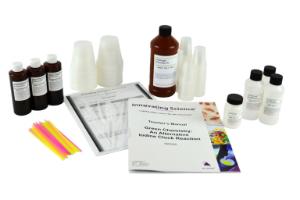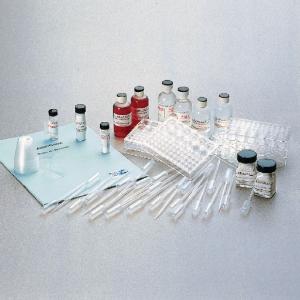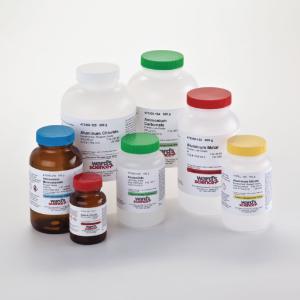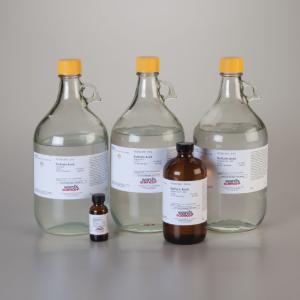Delayed Reactions in Action with this Free Iodine Clock Activity
A quick and easy activity illustrating the effect of concentration, temperature, and a catalyst on the rate of reaction.
Fill form to unlock content
Error - something went wrong!
Get Your Free Activity
You're in! Thanks for subscribing.
Middle School/High School
It’s about time! Kinetics (aka reaction kinetics) is the study of the rates of chemical reactions. The iodine clock activity is a demonstration of concepts of reaction kinetics. Students can observe how reactants are transformed into products in a chemical reaction as the amount of reactants decrease and the amount of products increase. This reaction is a classic example of a clock reaction. A clock reaction is characterized by an initial period with no noticeable change, followed by a sudden change, commonly in the color of the solution. The time when it seems like nothing is happening is called the clock period—the exciting moment when the color changes is called the alarm. What actually triggers an alarm varies from clock reaction to clock reaction.
So, don’t delay; download the activity; students will learn how the chemical alarm works like a charm!
After making their observations, students will better understand the practical applications of chemical reaction rates in everyday life. Here’s an example they may enjoy learning more about.
How do rates of chemical reaction help predict food spoilage?
A quick scan of the labels on food containers in the refrigerator or pantry will show the “best if used by” dates. Those dates help us know when a product will be the best flavor or quality—it’s not a purchase or safety date.
How does kinetic science help determine those dates?
A major goal for food scientists is predicting the impact of time and the environment on changes in food quality.1 Their findings help food manufacturers
1) evaluate the effect of the addition of new ingredients or additives on shelf life,
2) set an open date for the food on the package (e.g., a "use by" or "best if used by" date) for consumers,
3) ensure that the food meets the compliance standards if nutritional labeling is used (i.e., it does not fall below label value).
According to T.P. Labuza’s research in Application of Chemical Kinetics to Deterioration of Foods, to make useful predictions about shelf life, scientists need information about
1) the potential major modes for loss of quality of the product,
2) the factors which control the initial quality or nutritional value during manufacture,
3) the environmental conditions the food will be exposed to, including temperature, relative humidity, and light,
4) whether it is packaged in a semi-permeable container, and, if so, the permeability of that film to oxygen, water vapor, and light, and
5) the kinetics of the reactions leading to loss of quality or nutritional value as a function of the reaction phase conditions in the food and the external environment.
Since foods are very complex systems (food science is sometimes referred to as "messy" chemistry), it’s not easy to know the exact chemical reaction mechanisms impacting food quality.
Download the Iodine Clock activity; it's a timely activity that illustrates the effect of concentration, temperature, and a catalyst on the rate of reaction.
References: 1. Labuza, T. P. (1984). Application of chemical kinetics to deterioration of foods. Journal of Chemical Education, 61(4), 348. doi:10.1021/ed061p348
Recommended products:
[StartProductBlock]

An Alternative Iodine Clock Reaction
An easy, effective way to help students learn the mechanisms and reactions involved in one type of clock reaction – and understand how a clock reaction provides insight into reaction kinetics.
[EndProductBlock]
[StartProductBlock]

Rates of Reaction Microchemistry Kit
Students investigate factors that influence rates of reaction and discover the effects of concentration changes, temperature changes, the addition of a catalytic agent, and particle size variation.
[EndProductBlock]
[StartProductBlock]

Sodium Bisulfite
Formula: NaHSO3
[EndProductBlock]
[StartProductBlock]

Sulfuric Acid
Formula: H2SO4
[EndProductBlock]
